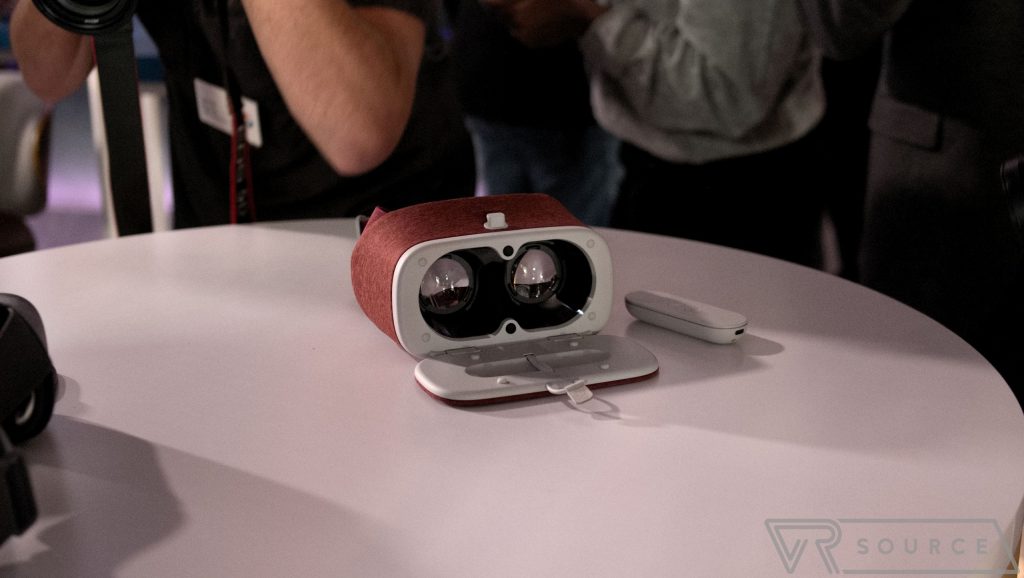
Links on VR Source may earn us a commission, Learn more.
While the Oculus Rift, HTC Vive, and Sony Playstation VR represent VR at the high end, you don’t have to spend a fortune to get a decent taste of VR. Up until December 2016, Google Cardboard was the go to choice for diving into VR, though admittedly the experience is lacking many ways. If you’re looking for something a bit more advanced than Cardboard without breaking the bank, you have two options – Samsung Gear VR and Google Daydream.
In this feature we’re going to focus on the latter, breaking down everything we know about Daydream – the exciting continuation of Google’s VR ambitions.
Table of Contents
What is Google Daydream?
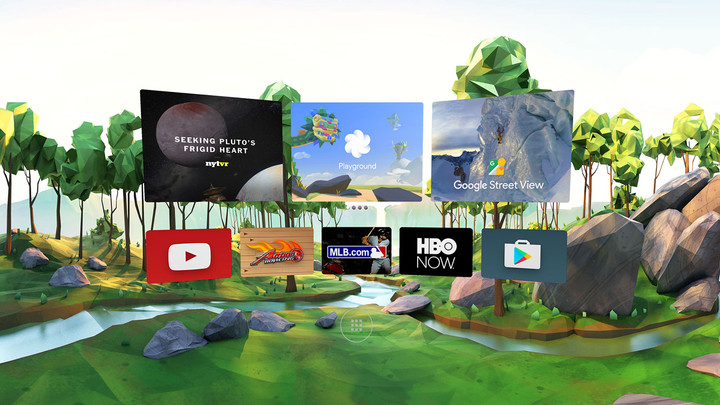
So what is Google Daydream? First announced at Google I/O 2016, Google Daydream is a VR platform based on Android 7.0 Nougat, and is essentially an evolution of Google Cardboard. Unlike Samsung’ Gear VR, Google Daydream headsets and compatible smartphones won’t be built by just one OEM.
While Cardboard was a unified experience that had you hunting for compatible apps and services in the standard Play Store, Daydream has a set of VR optimized apps and games that will play nicely with the platform, including a new home UI, as well as VR optimized versions of Google Play, YouTube, and more.
What are the requirements to use it?
![]()
Daydream ready phones are required to have a resolution of 1080 @60Hz with 3ms or less latency and 5ms or less persistence, though QHD is recommended. They must have Bluetooth 4.2 LE or higher, and a display size between 4.7 and 6 inches. They must have OpenGL ES 3.2 and Vulkan support. The devices must be able to decode 2 instances of 60fps video simultaneously (one for each eye) and must have temperature sensors that are able to read the temperature of the device’s body.
What devices can run it?
The current poster children for Google Daydream compatible smartphones are the Google Pixel and Pixel XL, the most recent iterations of Google’s high-end flagship line. While these phones are being billed as the first smartphones built from the ground up with Daydream in mind, a few other OEMs previously announced their devices would offer Daydream support as well. These devices are:
- Motorola Moto Z / Force
- Huawei Mate 9 Pro
- Asus ZenFone AR
- ZTE Axon 7 (new model)
More devices will likely be added to this list in the coming months, and we’ll be sure to let you know what they are.
Check out: ‘DAYDREAM-READY’ PHONES AND COMPATIBLE DEVICES
Of course, regardless of what phone you use, you’ll also need a compatible Google Daydream headset.
Google Daydream headsets – current options
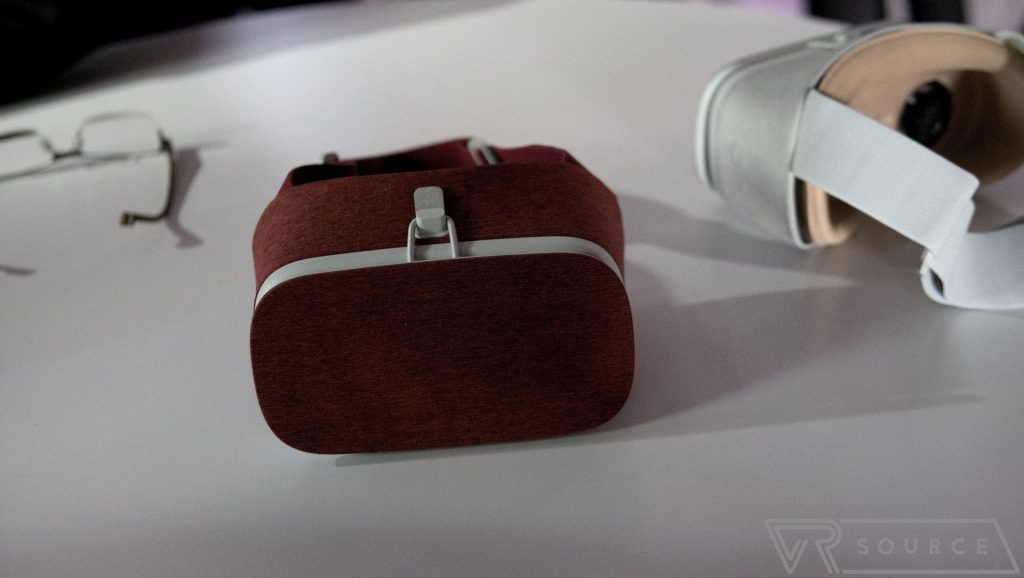
Just like the Pixel and Pixel XL stand as poster children for Daydream compatibility, Google also has its own signature Google Daydream headset. The headset is priced at just $79 (often on sale for $49), and is dubbed the Daydream View. With a comfortable, unique design that feels decisively different from the plastic-clad VR headsets currently flooding the market, there’s a lot to like about the Daydream View and for now it is certainly the device that Google is officially touting when it comes to Daydream. It also comes with its own motion controller, somewhat similar in function and design to the iconic Nintendo Wii remotes.
The device mounts into the front of the headset once you take off the strap, and automatically connects to the headset where it aligns the screen. In this way, you don’t need to make sure the phone is exactly in the right spot, it will align itself.
Though there is only a horizontal strap used to keep it on your head, it is easy to tighten and stays on quite well if mounted at the right angle. You can choose any of 3 colors: Slate, Crimson, or Snow.
Read more: Daydream View hands on
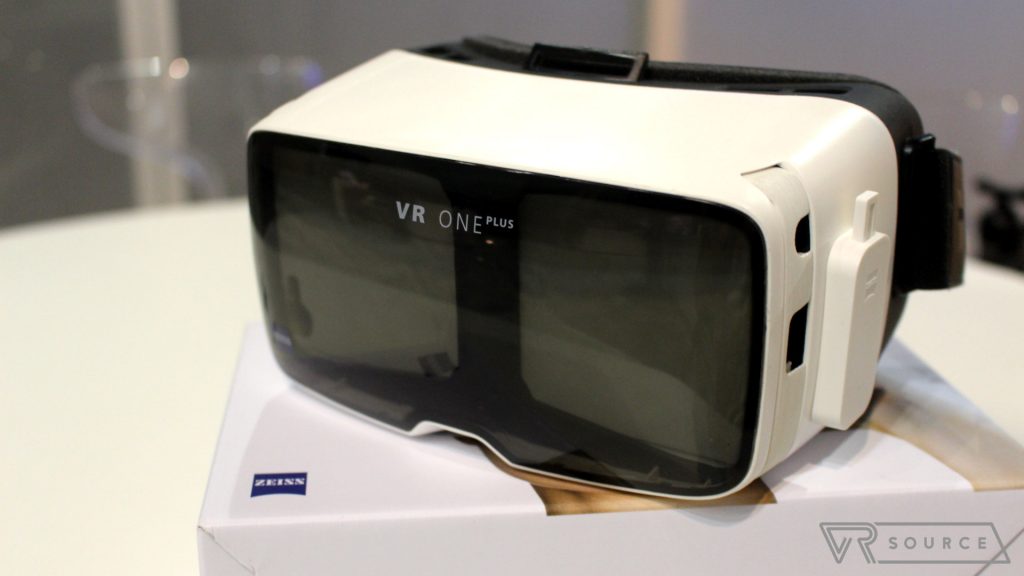
Of course, other OEMs are lining up to offer their own compatible headsets as well. Both ZTE and Zeiss have been confirmed to have VR headsets that will support the Daydream spec, with the Zeiss VR One Plus and ZTE VR, respectively. It’s unclear if any special updates are needed to get these to work with the Daydream platform, but we’ll be sure to update this post as we learn more.
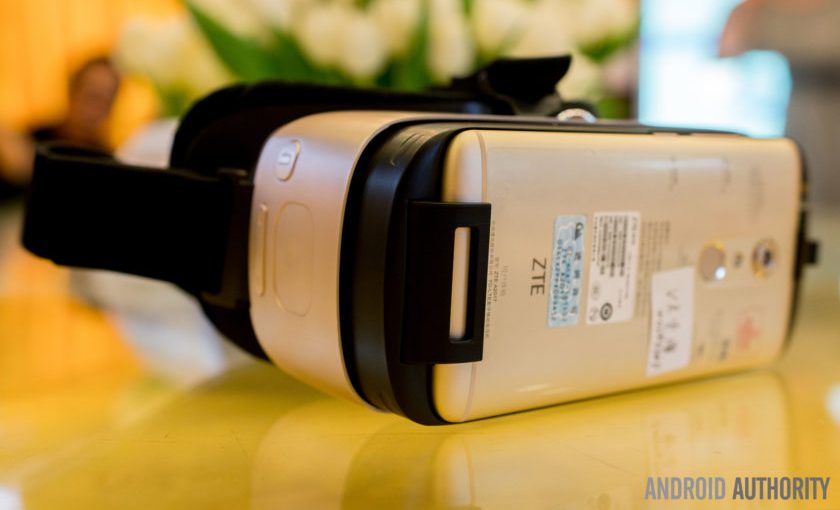
Google Daydream standout features
While some of the standout features of Daydream will vary depending on the OEM you buy the headset from, certain standard features apply across the board, especially on the software front. All Daydream headsets will have Google’s new UI and will be compatible with all the curated Daydream apps in the store. The differences will likely come down to control layout, build materials, additional sensors, and even slight field of view differences.
What are the most anticipated games?
Google Daydream is built on top of Google Cardboard so we have at least a bit of an idea of what games will be developed for the new VR platform. There are already dozens of games on the Google Play store from simple running based games to more advanced adventure games. The titles to look for on Daydream:
- Fotonica
- Land’s End
- Minecraft: Pocket Edition
- Lara Croft Go
- Talking and Nobody Explodes
- Smash Hit
- The Room
Unity and Epic have also announced support for Daydream, making it easier for developers to make the desktop experience on the mobile phone. There are also developers like Ubisoft and Electronic Arts developing games for the platform. So expect official Daydream related gaming and app announcements to come a bit later. Essentially, except similar experiences as to what you’d find with Gear VR and at least a few ports from Cardboard too.
What can it do beyond games?
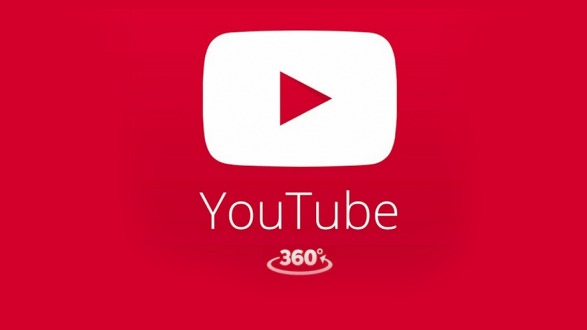
Google’s Daydream offers a home UI for VR users to find games, apps, and movies. The company has also completely rebuilt YouTube for the VR world, introduced a VR version of the Play store with only VR ready apps, games, and videos. The introduction of this home UI means Google is going to take a more active role in Daydream, unlike their handoff approach in allowing users to find VR apps and games in the Google Play Store.
Google has worked with quite a few partners to build the first wave of Daydream VR apps. They include The New York Times, Wall Street Journal, Hulu, Netflix, HBO, IMAX, USA Today, CNN, MLB, NBA and Lionsgate have all signed up to support the VR platform.
Beyond that? There’s porn (enough said, right?), VR social apps, and a growing library of 360 degree videos from various sources. That’s just what already exists, and the potential continues to grow more and more each day.
How much is it?
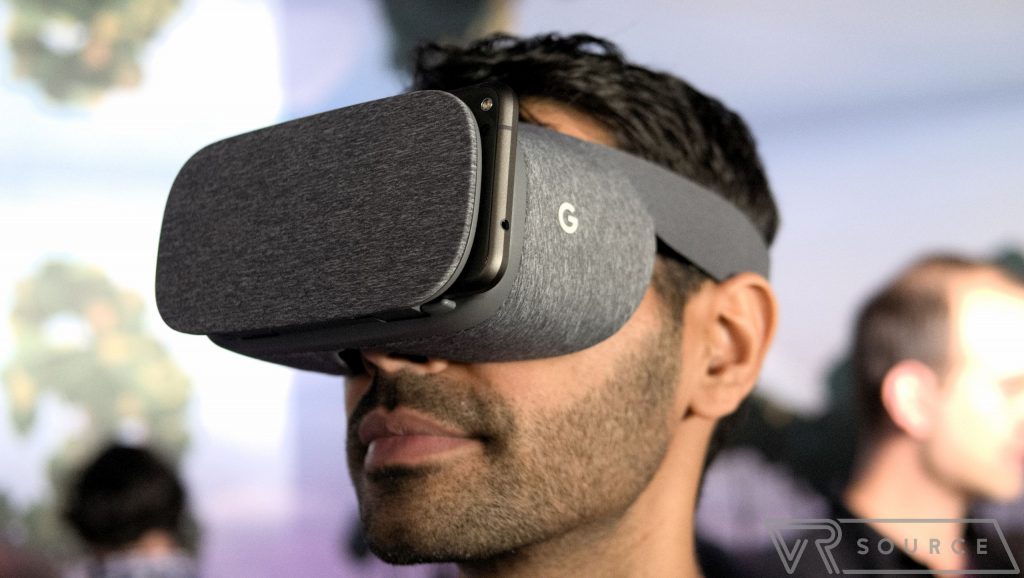
The Google Pixel starts at $649, but devices like the Axon 7 now have Daydream support too, and are considerably cheaper. As for the headsets? The official Daydream View headset will set users back $79, and we expect most other OEM headsets will fall somewhere between $50 to $150 depending on extra sensors, build materials, and so forth.
Where can I buy it?
You can purchase Daydream View on the Google Store, Best Buy, or at Verizon. This list may expand in the coming months, but those are the only options you have right now, unless you buy third party.
